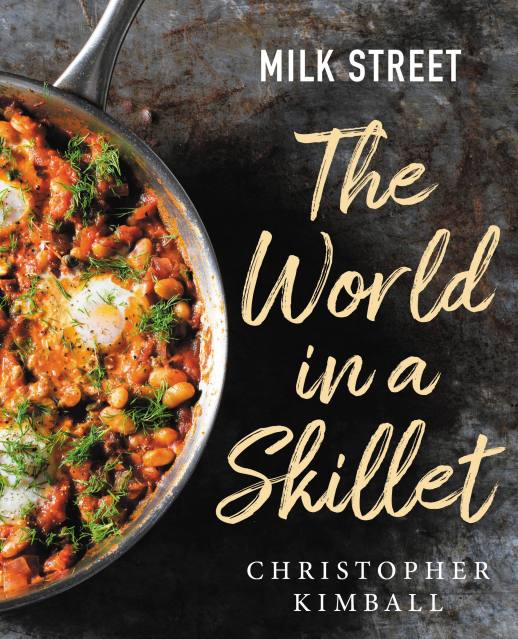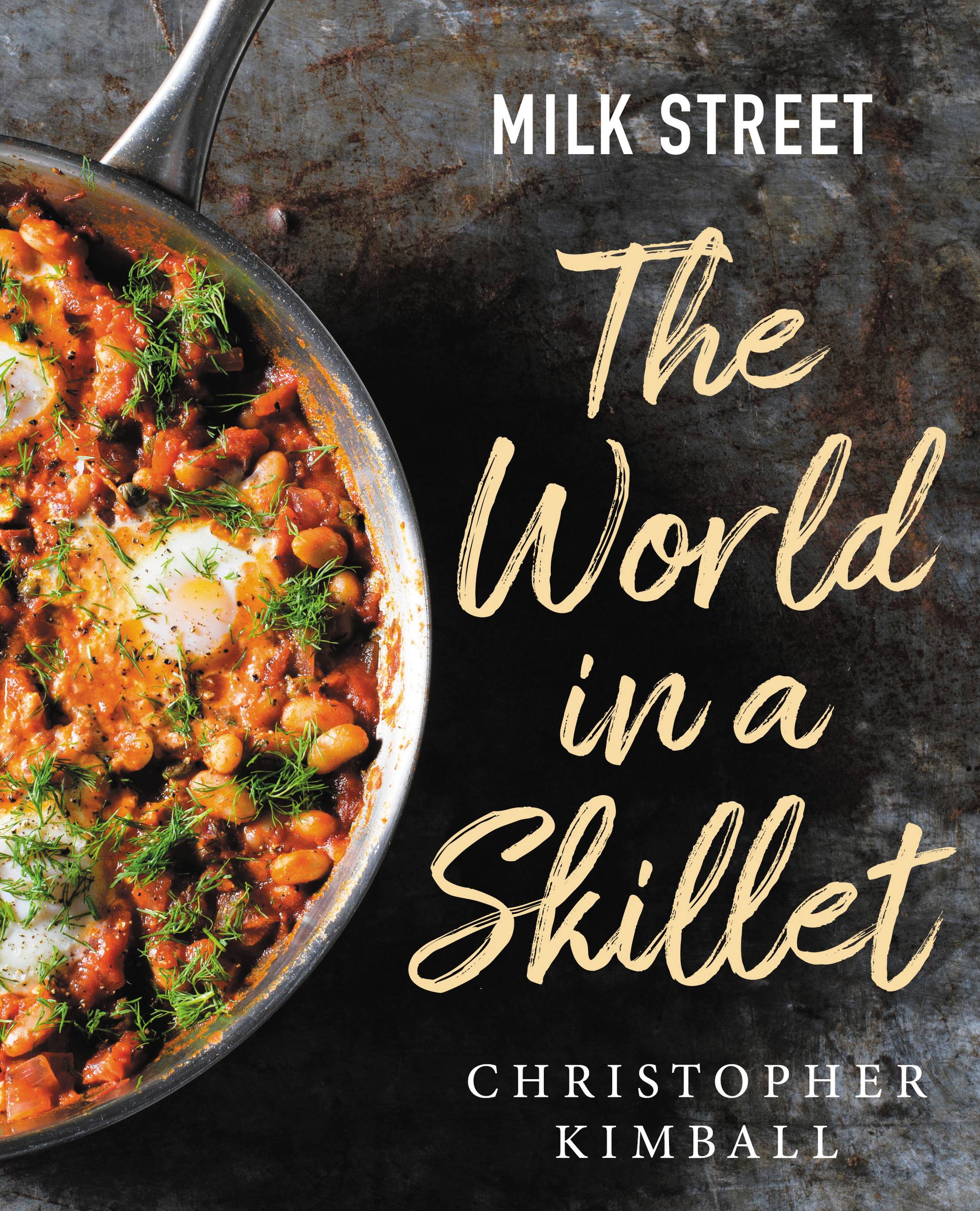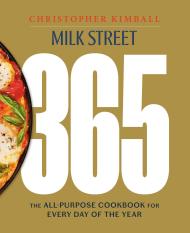Promotion
Use code MOM24 for 20% off site wide + free shipping over $45
Milk Street: The World in a Skillet
Contributors
Formats and Prices
Price
$35.00Price
$44.00 CADFormat
Format:
- Hardcover $35.00 $44.00 CAD
- ebook $16.99 $21.99 CAD
This item is a preorder. Your payment method will be charged immediately, and the product is expected to ship on or around April 26, 2022. This date is subject to change due to shipping delays beyond our control.
Also available from:
125 easy one-pot meals that reveal the world of flavorful possibilities inside a simple skillet—America's most common cooking tool—from the James Beard Award-winning team at Milk Street.
From a wok to a clay pot, every cuisine has a ubiquitous pot or pan that can cook just about anything. In the United States, the most common pan is a simple 12-inch skillet. Here you’ll find 125 recipes that will transform and expand the way you use this versatile piece of cookware.To liberate the skillet from commonplace fare, we share what we’ve learned from our travels and from cooks in more than 35 countries. We drew inspiration from the East African islands of Mauritius and Réunion for Shrimp Rougaille, based on a Creole tomato sauce that reflects European and Indian influences. And in India, a wok-like vessel called a kadai or karahi is common. We use a skillet instead to make Chicken Curry with Tomatoes and Bell Peppers.
The skillet also is a good choice for the stir-fried Sichuan classic Spicy Glass Noodles with Ground Pork, fragrant Vietnamese-Style Lemon Grass Tofu, and Mexican-Style Cauliflower Rice. You can even use it to make Three-Cheese Pasta, Skillet-Roasted Peruvian-style Chicken, and Pizza with Fennel Salami and Red Onion.
To make it easy to find the recipe you need, we organized chapters by cooking times (an hour or less, 45 minutes, and under 30 minutes) as well as sections for side dishes, pastas, grains, stir-fries, pan roasts, and skillet-griddled sandwiches. And because the cooking is limited to one pan, the techniques are straightforward and the clean-up is easy.
Great cooking is rarely about which pan you put on your stove. It’s about what you put inside it. Push those limits, and find a new world in your kitchen.
Genre:
-
"Kitchen adventures beckon in this expansive and appetizing collection."Publisher's Weekly
-
"Not long ago, Milk Street magazine was a scrappy startup; today the franchise sprawls like a gastronomic version of the Marvel Cinematic Universe. Every few months another cookbook tumbles forth from the Milk Street recipe database: Do you need another? I’d argue yes. If you, like me, routinely ax recipes that use one pan too many for a weeknight, this book is a godsend. Cook the pasta right in there with the pancetta, chard and beans. Forget about layering phyllo, just crumple it on top for “skillet spanakopita.” In other words, Christopher Kimball gleefully breaks rules in the name of simplification."T. Susan Chang, NPR
- On Sale
- Apr 26, 2022
- Page Count
- 304 pages
- Publisher
- Voracious
- ISBN-13
- 9780316387361
Newsletter Signup
By clicking ‘Sign Up,’ I acknowledge that I have read and agree to Hachette Book Group’s Privacy Policy and Terms of Use







